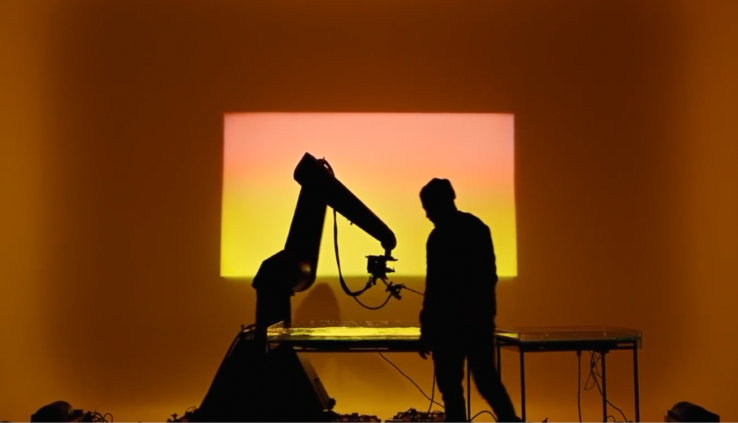A Guide to Motion Control Filmmaking
By Jennifer P
Dominik Orpel, high-speed filming expert and general manager at tech brand TILT, shares his insider knowledge on everything you need to know about motion control.
A robotic rig moves the camera with exceptional precision and repeatability, improving the quality and creative potential of tabletop productions and other filmmaking applications. Motion control’s popularity is growing as more filmmakers recognize its exceptional visual potential.
It’s especially useful for capturing previously inaccessible action scenes. Motion control is also becoming popular in tabletop productions. The availability of motion control equipment and projects inspire more daring and imaginative applications. Smaller systems, such as Bolt, allow for work in a variety of locations, while Glambots, or high-speed cine bots, add opulence to event coverage.
Camera tracking by motion control software is more effective than optical tracking in virtual production, where high-speed cameras and fast moves are used. The creative directors and operators who embrace motion control, in the end, shape film technology. We have a garage full of fearless trendsetters at TILT!
Discover everything you need to know about the benefits and applications of motion control in tabletop and live action production with this guide.
What is Motion Control?
Cinebots like Bolt offer incredible speed and precision in tabletop productions, creating visually stunning shots that capture the action in fractions of a second. Motion control in live-action allows for multi-pass repetitions of scenes requiring complex post-production or character multiplications. Dynamic robotic movements are frequently used to increase the suspense of action scenes.
What are the Benefits of Motion Control?
When compared to traditional camera dollies or cranes, motion control systems provide a number of advantages. These benefits include smooth, precise, and repeatable movements that allow for precise framing and continuity. Motion control allows for more complex and dynamic shots with custom trajectories, broadening creative possibilities. The synchronization and triggering of camera movements with other elements such as lighting and practical FX improves the visual effect. Automation and programming reduce human error while increasing efficiency. Motion control allows for the seamless integration of live-action footage and visual effects. It is also excellent at capturing high-speed, time-lapse, and stop-motion sequences.
We can track falling objects, follow liquid flow, and create the illusion of objects stopping in flight. Stunning effects are achieved by using two robots on one set, one moving the camera and the other as a model-mover moving the object in front of the camera synchronously, quickly, and with inhuman precision.
How Does Motion Control Work?
It is dependent on specialized software operators who program the rig’s movements. This process necessitates a high level of specialization and familiarity with the specific system. We have the pleasure of working with specialists who are regarded as among the best and fastest in Europe at TILT. The operator directs the movements of the robot and synchronizes any triggered effects. Rehearsals are frequently held the day before the actual shoot, with the sole purpose of executing the shots on the shooting day. The team ensures perfect framing and precision in triggering effects during rehearsals.
What Equipment do I need for Motion Control?
The Bolt Robot Arm is the go-to piece of equipment in tabletop motion control setups. It’s known for being the fastest motion control rig on the market, allowing for incredibly fast and precise high-speed movements. The Bolt on Track system is widely used in live-action filming. This rig combines precision with incredible track speed. It’s worth noting that Bolt isn’t used in isolation; it also activates a variety of mechanical special effects, making it a versatile tool. Filmmakers can capture stunning footage at speeds of up to 1000 frames per second with a moving camera by combining Bolt with high-speed recording using a Phantom camera. Only the filmmakers’ imaginations limit the applications.
What Else to Know?
Each project presents its own set of challenges, which we find both interesting and enjoyable to tackle. Location is a significant challenge. For one of our McDonald’s projects, for example, we shot complex scenes with Bolt JR inside a bus and a tram while traveling around the city. Almost any location can be used for motion control as long as the doors are wider than the robot. At TILT, we frequently travel with our robots, allowing us to work in various locations throughout Poland and Europe. We’ve already finished projects in Croatia and Austria, broadening our reach and versatility. When working with high-speed robots, safety is always a top priority. To ensure a smooth and safe production process, we maintain focus and adhere to established workflows.
Read the full article from Little Black Book Online HERE
Learn more about MRMC Motion Control HERE

